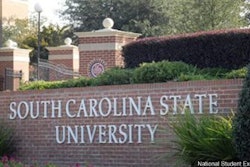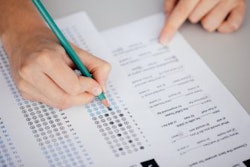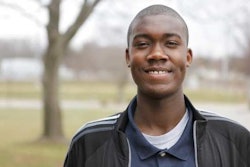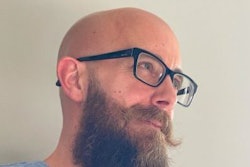In the healthcare community, there has been a concerted effort to shift the language used to describe people with disabilities. Instead of referring to people by their disability first, saying “a disabled person,” a focus has been placed on person-first language, such as “a person with a disability.” According to The Arc, an advocacy group, “by placing the person first, the disability is no longer the primary, defining characteristic.” Words have the power to shape both how we view ourselves and how we view others, so even slight changes can have impact.
Being intentional about language and recognizing the person first is something we should model in higher education, and not just in relation to people with disabilities. We currently group students using labels that imply the ways they are destined to fail. Low socioeconomic status, disadvantaged, first-generation—all are tacitly negative, and all refer to people who are students first. They may think, communicate or have their basic needs met differently than other college students, but these are differences, not deficits.
It’s true that first-generation students might be naïve to standard operating procedure in higher education—I know I was when I stepped onto campus as the first in my family to go to college. But there is power in this naivete, as it offers the chance to reflect on why things are done a certain way. Too often, though, we focus on and track the ways first-generation students are “deficient,” emphasizing potential negative outcomes. The goal is to protect them from their own shortcomings. However, this mindset misses the opportunity to capitalize on an influx of new perspectives. And, continually being shown the ways you are . . expected to fail is not especially motivating.
Recently, I led a discussion about first-generation students and noted the ubiquitous fact that they are twice as likely to leave after their first year and less likely to attain a four-year degree. While accurate, and certainly cause for concern, an underlying assumption is that this is due to lack of ability. It is important to determine why this is happening, and it is detrimental to assume we already know.
Using data from the Campus Labs Student Strengths Inventory (SSI)—which campuses use to assess students across six non-cognitive categories—we confirmed potential areas of need and identified strengths that check common assumptions, providing fresh insights on first-generation students.
Students typically complete the SSI during orientation or in the first weeks of the semester as they enter into their new environment—and more than one million students at institutions across the United States have responded to the Campus Labs SSI to date. Of the approximately 750,000 respondents who provided information to determine first-generation status, 14 percent reported that neither parent or guardian obtained a four-year degree. Several of our findings stand out.
First-generation students scored higher in academic engagement, educational commitment and campus engagement.















